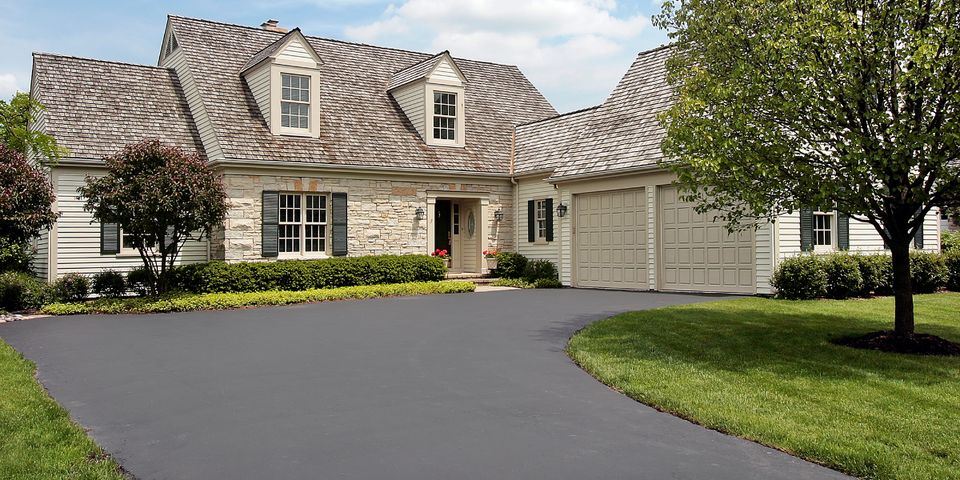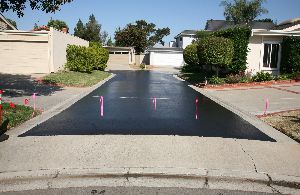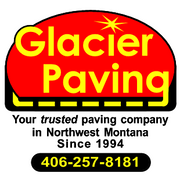
Whether you need a new driveway or parking lot, asphalt paving is a reliable method that contractors can complete quickly. This creates a durable surface that can withstand considerable use and inclement weather, making it a long-lasting choice. However, even though installation is fast, this substance takes time to cure, and you cannot drive on it during this period. Below is more information about the curing process to help you prepare for your next paving project.
How Does Asphalt Cure?
The first step in the curing process is drying, which takes 48 to 72 hours after the initial application. Once dry, you can walk and drive on the asphalt without fear of damaging it. However, because the surface hasn’t yet cured, chemicals can still compromise the material's integrity. For example, motor oil, gasoline, and antifreeze are common fluids that can stain the surface and increase the risk of cracks.
After drying fully, the pavement starts to cure slowly. As the asphalt settles, the oil inside evaporates under the sun, hardening the surface. This is known as oxidation, and it results in a surface which is highly resistant to friction, allowing it to withstand the pressure from cars and harsh weather.
What Factors Affect the Curing Process?

Asphalt paving contractors take several elements into consideration when planning a new paved area, including the temperature of the ground, ambient air, and mixture. They also consider the relative humidity of the area. If the ambient temperature is below the usual minimum of 50 degrees, the paved surface will cool too quickly to compact properly.
Similarly, the ground must be at an appropriate temperature for paving, because cold soil can cool the initial layer and weaken the base. Paving contractors typically use infrared thermometers to verify that the soil is at least 50 degrees. The mixture itself must stay between 275 and 300 degrees during transportation, 220 and 290 degrees during the initial rolling, and above 185 degrees until the curing process starts.
Humidity also plays a role in asphalt paving, as more moisture will cause ambient air to be less absorbent. This increases the time it takes for the material to dry and cure. While contractors can still pave the surface if the humidity exceeds 90%, they may delay painting and sealcoating until the level drops so that these substances can adhere to the surface.
Whether you’re installing a new driveway or updating a parking lot, contact Glacier Paving in Kalispell, MT. These asphalt paving contractors have been serving local residents since 1994. They handle every step of the process, from the initial installation to repaving, sealcoating, and crack repairs. Call (406) 257-8181 to request a free quote, and visit them online to view their completed projects.
About the Business
Have a question? Ask the experts!
Send your question

